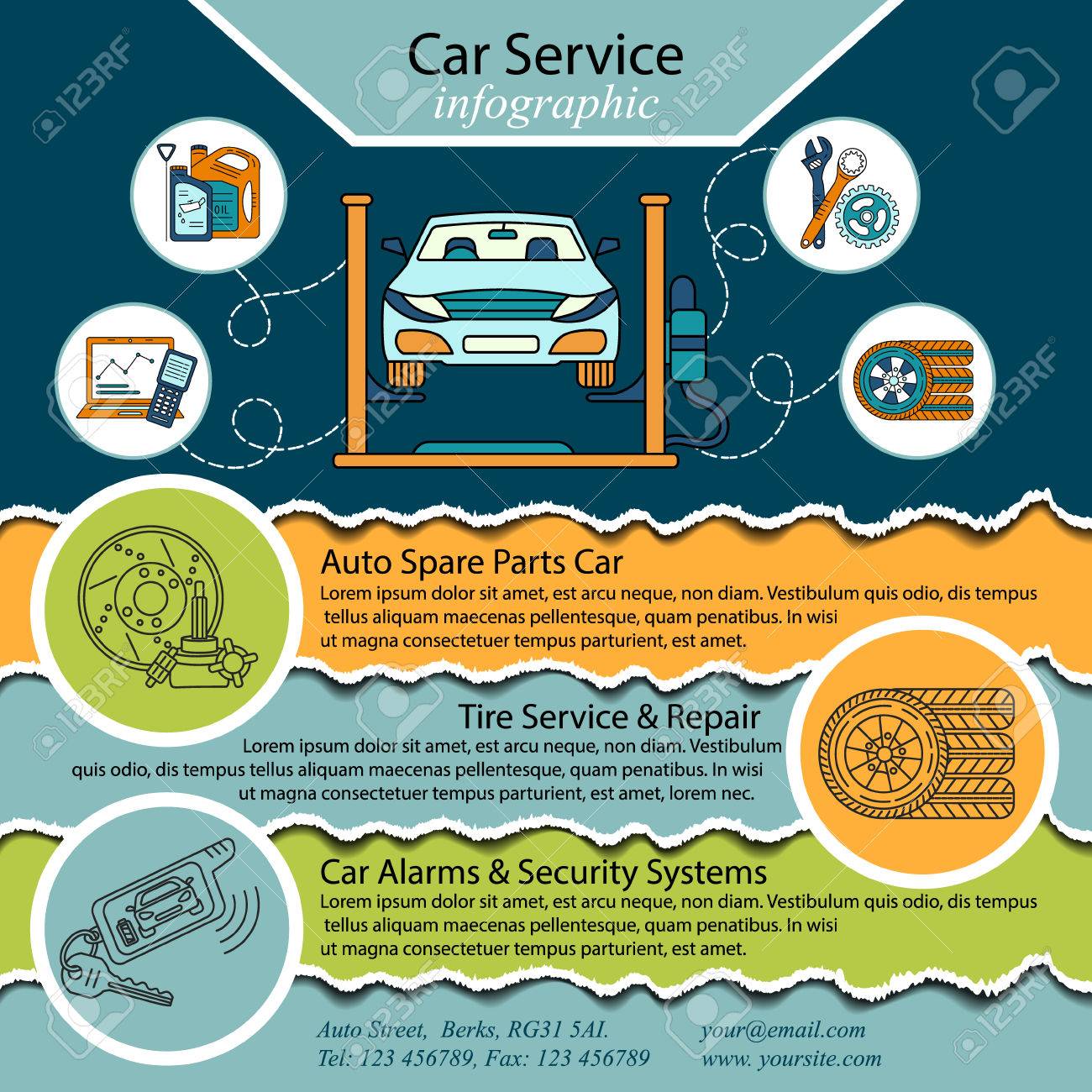Recognizing Your Automobile'S Warning Lighting: What Do They Truly Mean?
Recognizing Your Automobile'S Warning Lighting: What Do They Truly Mean?
Blog Article
Author-Lim Dalgaard
When you lag the wheel, those beautiful caution lights on your dashboard can be a bit puzzling. Do you know what they're trying to tell you about your cars and truck's health and wellness? Comprehending the importance of these lights is vital for your safety and security and the durability of your automobile. So, the following time among those lights pops up, would not you wish to analyze its message precisely and take the necessary actions to address it?
Common Warning Lights and Interpretations
Identify typical warning lights in your auto and understand their significances to make sure secure driving.
One of the most regular caution lights include the check engine light, which signifies concerns with the engine or emissions system. If this light comes on, it's crucial to have your vehicle examined without delay.
The oil pressure warning light suggests reduced oil stress, calling for immediate focus to stop engine damages.
A flashing battery light may recommend a defective charging system, potentially leaving you stranded otherwise dealt with.
The tire stress surveillance system (TPMS) light notifies you to reduced tire stress, impacting car security and fuel performance. Overlooking this might cause hazardous driving conditions.
The abdominal muscle light indicates a trouble with the anti-lock braking system, compromising your ability to quit quickly in emergency situations.
Lastly, the coolant temperature alerting light warns of engine getting too hot, which can lead to extreme damage if not resolved swiftly.
Recognizing detailing car will aid you deal with issues without delay and keep secure driving problems.
Value of Prompt Focus
Understanding the typical warning lights in your cars and truck is just the primary step; the importance of promptly attending to these cautions can't be highlighted enough to guarantee your safety and security on the road.
When a caution light illuminates on your dashboard, it's your vehicle's way of communicating a possible problem that requires interest. Neglecting these warnings can result in extra extreme issues later on, compromising your safety and potentially costing you more out of commission.
Motivate interest to cautioning lights can stop breakdowns and crashes. For instance, a flashing check engine light could indicate a misfire that, if left ignored, could trigger damages to the catalytic converter. Addressing this without delay can save you from a pricey repair service.
Likewise, a brake system warning light could signify reduced brake fluid or worn brake pads, critical components for your safety when driving.
DIY Troubleshooting Tips
If you see a warning light on your control panel, there are a couple of do it yourself repairing suggestions you can attempt prior to looking for professional aid.
The very first step is to consult your auto's manual to recognize what the particular caution light suggests. In https://elliotieyuo.blog2freedom.com/32112250/find-out-how-environmentally-friendly-car-outlining-items-can-elevate-your-vehicle-s-sparkle-while-shielding-the-world-discover-the-lasting-alternatives-awaiting-you can be as simple as a loosened gas cap activating the check engine light. Tightening the gas cap might resolve the problem.
An additional common problem is a low battery, which can cause various cautioning lights. Examining the battery links for deterioration and ensuring they're safe and secure might repair the issue.
If a caution light persists, you can try resetting it by disconnecting the automobile's battery for a few mins and after that reconnecting it. Furthermore, checking your automobile's fluid levels, such as oil, coolant, and brake fluid, can aid fix cautioning lights associated with these systems.
Conclusion
Finally, understanding your cars and truck's warning lights is essential for keeping your vehicle running efficiently and securely. By immediately addressing these alerts and understanding what they indicate, you can avoid pricey repairs and potential break downs.
Keep in mind to consult your cars and truck's handbook for certain information on each cautioning light and act as necessary to guarantee a trouble-free driving experience.
Stay notified, remain secure when driving!
